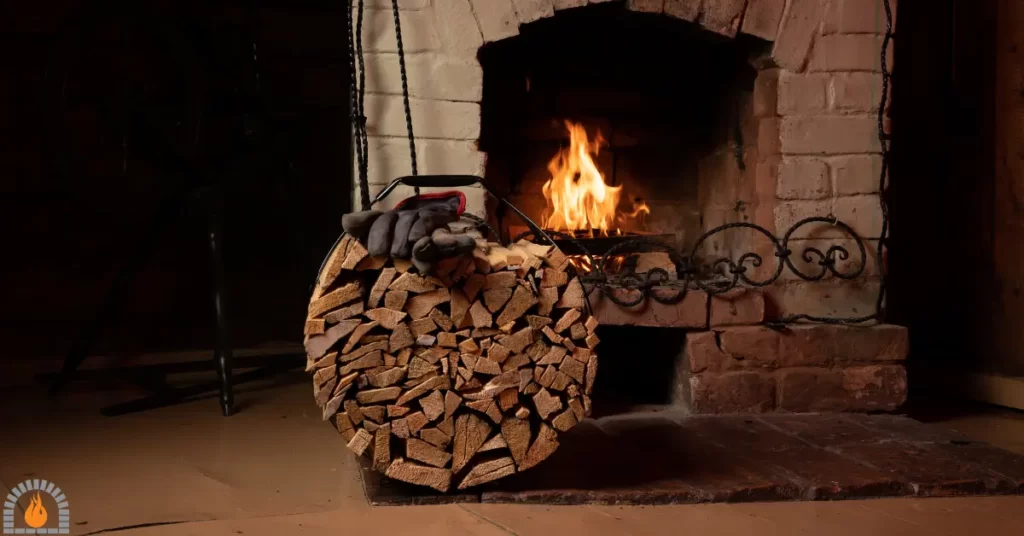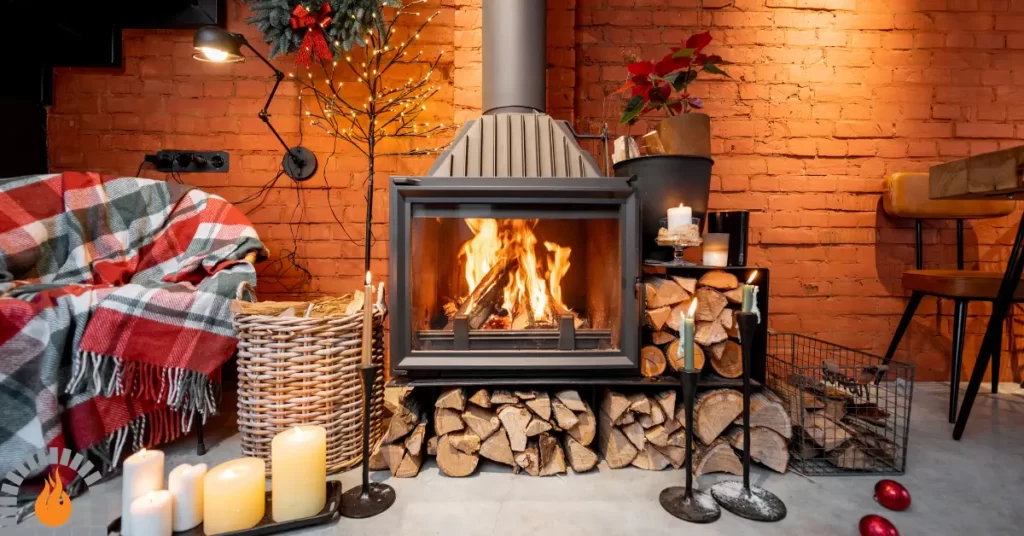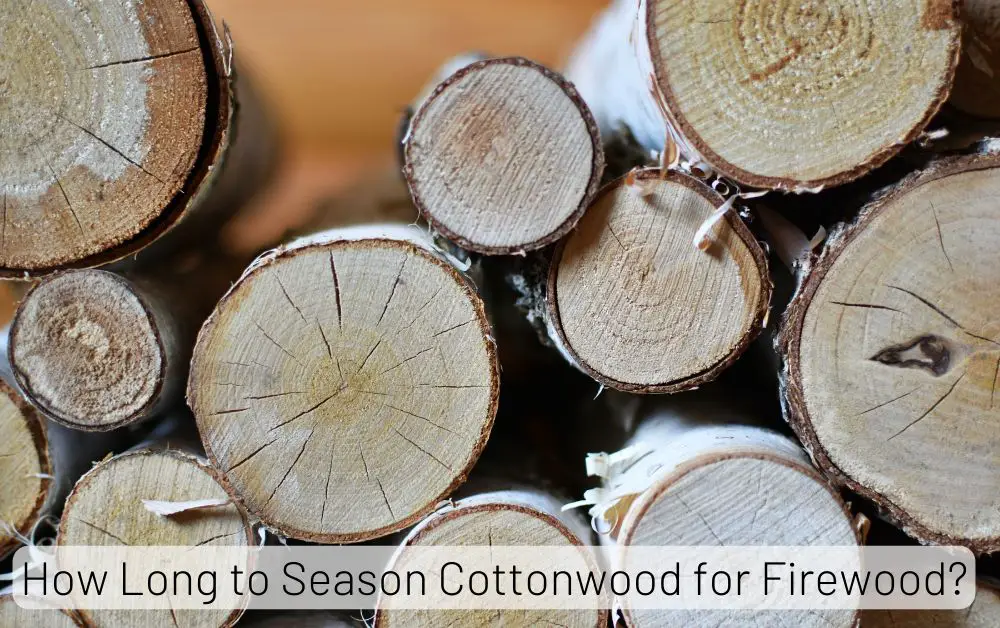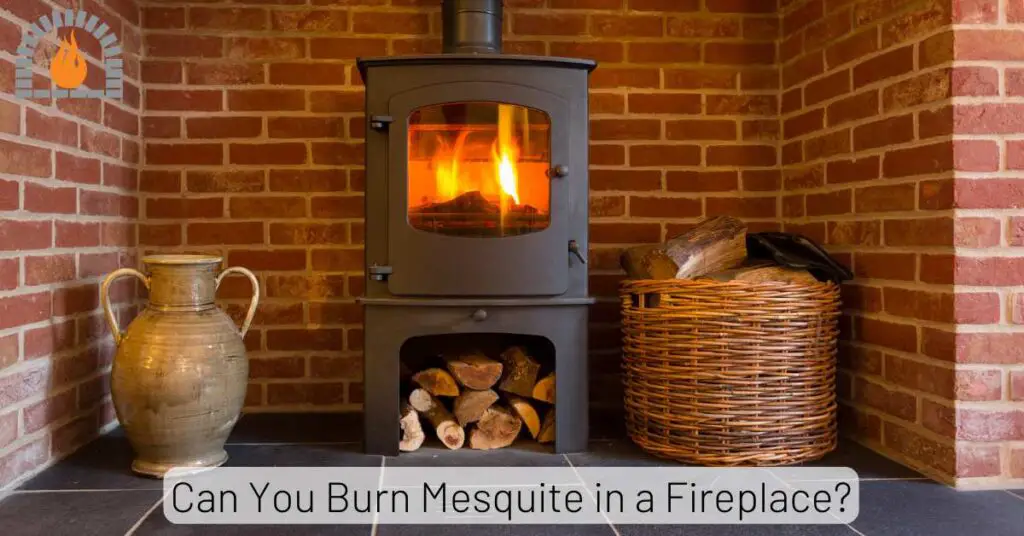Choosing the right type of wood is crucial when using wood as a heat source in your fireplace. One question often arises is whether hackberry wood is suitable for burning in a fireplace.
Hackberry wood is known for its dense, durable characteristics. It is often used in woodworking projects due to its workability and attractive grain patterns. However, burning hackberry wood in a fireplace requires careful consideration.
Hackberry Firewood Overview
| BTU (British Thermal Units) | Approximately 20 million BTUs per cord |
| Nature of Smoke | Produces moderate smoke; generally clean-burning |
| Sparking and Popping | Tends to spark and pop moderately |
| Heat Output | Provides a good heat output |
| Burning Duration | Burns moderately long |
| Ease of Splitting | Fairly easy to split when dry |
| Seasoning Time | Requires about 6-12 months to properly season |
| Aroma | Produces a mild, pleasant aroma |
| Ash Production | Leaves a moderate amount of ash |
| Coaling Quality | Forms decent coals, good for maintaining a fire |
| Density | Medium density |
| Ideal Uses | Suitable for fireplaces, wood stoves, and campfires |
Can you burn hackberry wood in a fireplace?
Yes, hackberry wood can be burned in a fireplace. It produces moderate heat, makes very little smoke, and has a relatively low moisture content compared to other hardwood types.
Before using Hackberry wood in your fireplace, it is essential to ensure it has been correctly seasoned. Seasoned firewood not only burns more efficiently but also generates significantly less smoke. The wood should be dried for at least six months to a year.
Pros & Cons of Hackberry Wood as Firewood
| Pros | Cons |
|---|---|
| Readily Available: Hackberry trees are found in many parts of North America, making it easily accessible for firewood. | Lower BTU Content: Compared to some other hardwoods like oak or hickory, Hackberry has a lower heat output per cord. It may require more wood for the same amount of heat. |
| Easy to Split: Hackberry wood tends to split relatively easily, making it convenient for use in a fireplace or wood stove. | Rapid Seasoning: It may take longer to season properly compared to other types of firewood. Green or unseasoned wood can create more creosote buildup in chimneys. |
| Minimal Sparking: Hackberry produces fewer sparks than some other types of hardwoods, which can enhance safety when used in open fires or wood stoves. | Less Desirable Aroma: Some people find that Hackberry has a less pleasant scent compared to other firewood types, which may affect the overall ambiance. |
| Good for Indoor Use: Due to its relatively low spark production and ease of splitting, Hackberry can be suitable for indoor fireplaces and wood stoves. | Potential for Insects: Like many types of firewood, Hackberry can harbor insects or larvae, which may become active when brought indoors. Proper storage and inspection are important. |
| Environmentally Friendly: Harvesting Hackberry wood can be considered environmentally responsible, as it is a fast-growing species and not threatened or endangered. | May Produce More Ash: Hackberry tends to produce more ash compared to some other hardwoods, which may require more frequent cleaning of the fireplace or stove. |
Characteristics of Hackberry Firewood
Hackberry wood, derived from the hackberry tree, is a versatile option for burning in your fireplace. Its unique characteristics make it popular among homeowners who value functionality and aesthetics.
One notable characteristic of hackberry wood is its density. It falls somewhere between softwoods and hardwoods, making it relatively easy to handle compared to denser woods like oak or hickory. This means you will exert less effort when stacking or carrying the logs.
Another advantage of hackberry wood is its relatively low moisture content. When properly seasoned, which typically takes six months to a year, the moisture content decreases significantly. This allows for more efficient burning and reduces the risk of creosote buildup in your chimney.
In terms of appearance, hackberry wood possesses a unique grain pattern with swirls and knots that can add character to your fireplace. The color ranges from creamy white to light brown with occasional streaks of darker tones.
When burned in a fireplace, hackberry wood produces good heat output while providing an enjoyable crackling sound. It’s worth noting that this firewood burns best when mixed with other types, such as oak or maple, due to its medium energy content.
Related Post: How Long to Season Cottonwood for Firewood?
Precautions and Tips for Burning Hackberry Wood

- Properly seasoned wood: Before using Hackberry wood in your fireplace, it is essential to ensure it has been correctly seasoned. Seasoned firewood not only burns more efficiently but also generates significantly less smoke. The wood should be dried for at least six months to a year.
- Stack and store correctly: Stack the Hackberry logs in a dry and well-ventilated area to improve the drying process. Avoid stacking them directly on the ground, which can promote moisture absorption.
- Use a spark screen: To mitigate the potential for sparks to escape from the fireplace, employ a spark screen or guard when burning Hackberry wood.
- Start small fires: When starting a fire with Hackberry wood, begin with smaller pieces before adding larger logs gradually. This helps maintain proper airflow within the fireplace and ensures efficient combustion.
- Safety precautions: Always follow general safety guidelines when operating your fireplace, such as keeping flammable objects away from the hearth and never leaving a fire unattended.
Comparison to Other Types of Firewood
When it comes to choosing firewood for your fireplace, options abound. From oak to maple, there are various types of firewood available. But how does hackberry wood compare to other types? Let’s take a closer look.
Oak is widely hailed as the gold standard of firewood, prized for its exceptional heat output and prolonged burning duration. It’s dense and slow-burning, making it ideal for keeping your fireplace roaring throughout the night. On the other hand, Hackberry wood has a similar density but burns slightly faster than oak.
Maple wood is another popular choice known for its pleasant aroma when burned. While hackberry wood doesn’t have quite the same fragrance, it still offers a clean burn with minimal smoke production.
Pine may be their go-to choice for quick and easy fires. However, pine produces more creosote buildup in chimneys than hackberry wood.
The best type of firewood depends on individual preferences and needs. Some prioritize heat output and longevity, while others prefer aromatic woods or convenience.
Seasoning Hackberry Wood

Before burning hackberry wood, it’s crucial to ensure it is correctly seasoned. Seasoning involves allowing the wood to dry out, reducing its moisture content to an optimal level.
Freshly cut hackberry wood can have a high moisture content, leading to inefficient burning and creosote buildup in your chimney.
To properly season hackberry wood, it should be split and stacked in a dry, well-ventilated area for at least 6-12 months. This allows the moisture to evaporate, making the wood more suitable for burning.
Efficient Burning Techniques
To get the most out of hackberry wood in your fireplace, consider the following tips:
- Ensure the hackberry wood is correctly seasoned to avoid issues with moisture content.
- Arrange the wood in your fireplace with enough space for air to circulate. This promotes better combustion.
- Begin the fire with smaller pieces of wood or kindling to establish a good flame.
- Ensure that the damper is open and that there’s adequate airflow to feed the fire with oxygen.
- Clean out ashes and debris from previous burns to maintain airflow.
Related Post: 9 Best Wood For Fireplace
Final Thoughts: Can you burn hackberry wood in a fireplace?
In conclusion, hackberry wood can be burned in a fireplace, provided it is correctly seasoned. While hackberry wood may not be at the top of everyone’s list regarding firewood choices, it certainly holds its own against popular alternatives like oak and maple.
Its comparable density and clean burning properties make it a viable option for use in your fireplace.
Affiliate Disclosure: Fireplaceadviser.com is a participant in the Amazon Services LLC Associates Program. We may earn a commission when you click on certain links on this site and purchase.

Hello!! I am Jamal Khan. I often fix my home electric heaters and gas stove problems and research the common issues in the heating units to improve my knowledge and expertise. The aim of establishing fireplaceadviser.com is to share my expertise and knowledge with my audience.


















